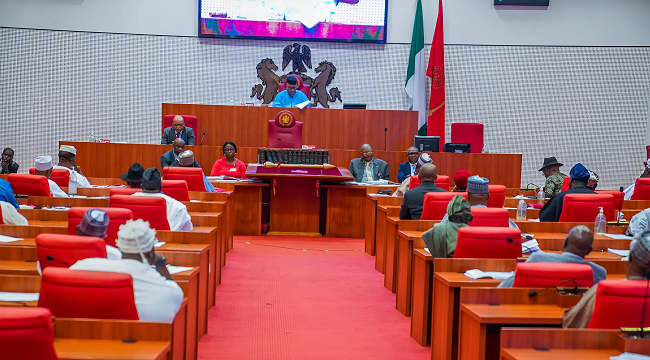The United Nations Women and the UN Department of Economic and Social Affairs (UN DESA) in its newly released Gender Snapshot 2025 report has said closing the gender digital divide could add $1.5 trillion to global Gross Domestic Product (GDP).
The findings come as world leaders gather in New York for the 80th UN General Assembly and the Beijing+30 commemoration, marking three decades since the landmark Beijing Declaration and Platform for Action. The Beijing+30 Action Agenda calls for urgent steps in six priority areas: poverty eradication, ending violence, advancing leadership, achieving climate justice, strengthening peace and security, and ensuring full participation in the digital era.
The study reveals that targeted investments in women and girls could transform economies, lift millions out of poverty, and accelerate progress toward the 2030 Sustainable Development Goals (SDGs).
The report highlights significant gains in recent decades: girls are more likely to complete school than ever before, maternal mortality has fallen by nearly 40 per cent since 2000, and rates of intimate partner violence are 2.5 times lower in countries with comprehensive legal and policy protections. Women’s representation in climate negotiations has also doubled, while 99 discriminatory laws have been repealed or reformed in the past five years.
“Where gender equality has been prioritised, it has propelled societies and economies forward. Just closing the gender digital divide alone could benefit 343.5 million women and girls, lift 30 million out of poverty by 2050, and generate a $1.5 trillion boost to global GDP by 2030,” Executive Director of UN Women, Sima Bahous said.
Bahous encourages all leaders to make bold commitments and investments.
“We must choose a world where women’s rights are delivered at scale, and the benefits are shared by all,” UN Women ED urged.
Despite this progress, the report warns that mounting challenges, rising conflicts, shrinking civic space, and defunding of gender equality initiatives threaten to reverse hard-won gains. If current trends continue, 351 million women and girls will remain trapped in extreme poverty by 2030.
The report also notes that 676 million women and girls currently live in conflict zones, the highest number since the 1990s while 64 million more women than men faced food insecurity in 2024.
“Only five years remain to achieve the 2030 Agenda. The Gender Snapshot 2025 shows that the costs of failure are immense, but so are the gains. Accelerated action in care, education, the green economy, labour markets, and social protection could reduce extreme poverty among women and girls by 110 million by 2050, unlocking $342 trillion in cumulative economic returns,” UN Under-Secretary-General for Economic and Social Affairs, Li Junhua said.
The Gender Snapshot draws from over 100 data sources and is the leading tracker of progress on gender equality across all 17 SDGs. The 2025 edition warns that the world is on course to miss every target under SDG 5, the goal on gender equality.






